One of the most defining characteristics of the Borzoi breed is their narrow head and that long, boop-able snoot! Have you ever wondered why Borzois have such a long nose?
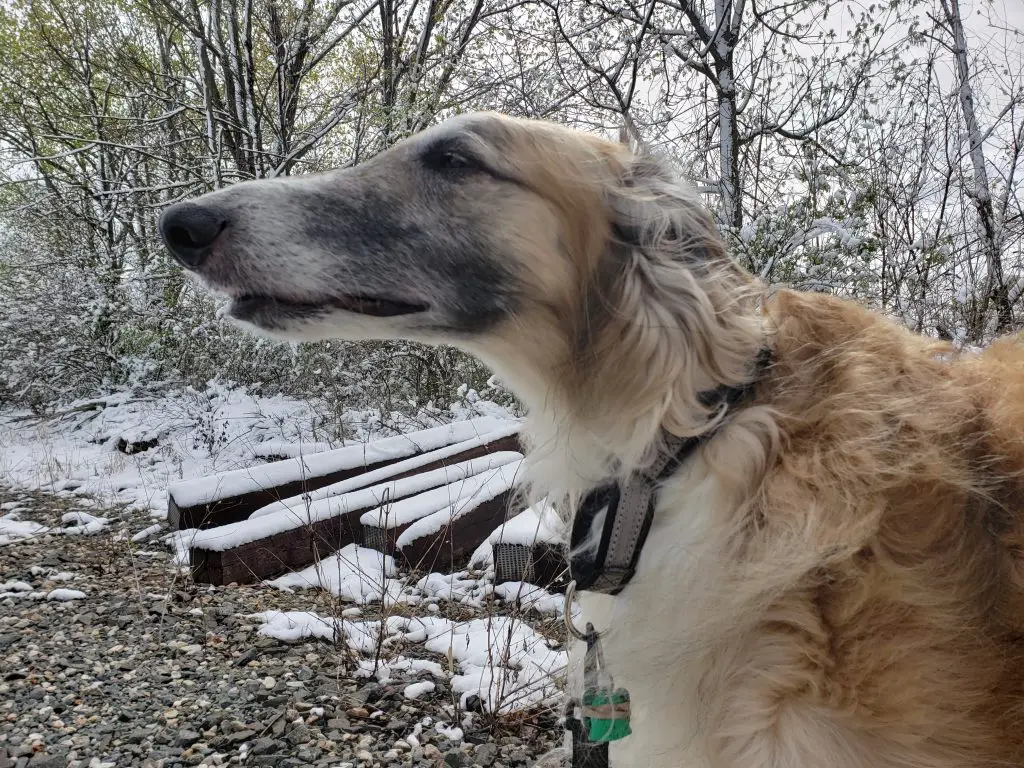
Table of contents
Borzois were bred for hunting by sight. Their unique face shape helps them to see around them up to 280 degrees, as compared to the 250-degree field of vision of an average dog. Their longer snouts accommodate large, strong jaws made to clamp down on large prey.
In this article, we’ll talk about that Borzoi long nose – why Borzois have long noses, how long a Borzoi nose actually is, and if there are any similar breeds you can look into—whether you’re researching to find your next pet or just want to look at some adorable puppers!
Why do Borzois have Long Noses?
Borzois have long noses, or snouts, due to their unique, triangular face shape. It might seem funny to think they were purposefully bred this way, but it wasn’t all for aesthetic purposes.
Most hunting dogs have long snouts, as does any active breed. This is because long snouts are natural for dogs and allow them to breathe properly.
While there are flat-faced dogs such as Pugs or Bulldogs, known as brachycephalic breeds, these dogs are poorly bred and suffer the consequences for it!

Brachycephalic breeds are prone to heatstroke and breathing difficulties. They cannot endure a ton of exercise, and often have to be kept indoors in the hot summer months to keep them from overexerting themselves.
This just wouldn’t work for an active hunting breed like the Borzoi! These fierce hunters sprint at speeds up to 40 miles per hour and were initially bred to hunt large game such as wolves.
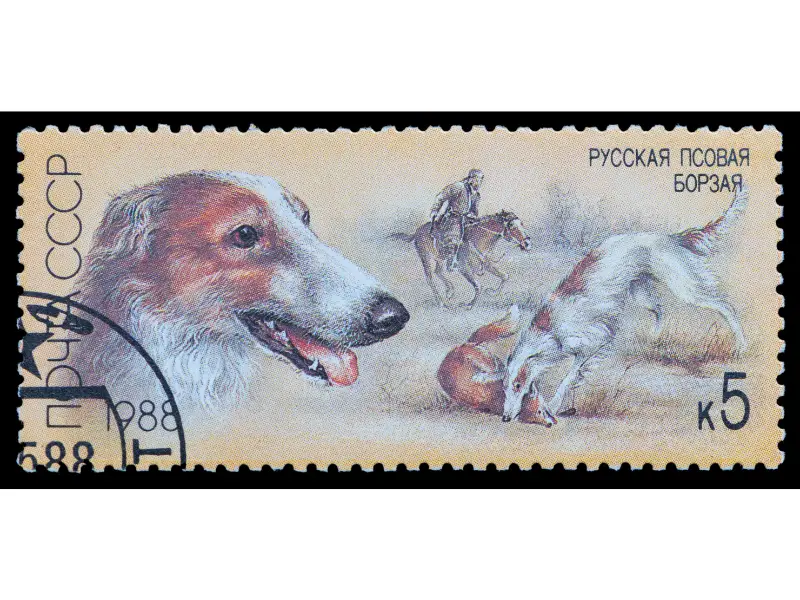
Another reason for their long snouts is jaw strength. Borzois have long, strong jaws that can clamp down hard on their prey. When they were used for wolf hunting in Russia, they would be trained to catch wolves and hold them down until a human hunter could either kill or capture the wolf.
Again, a dog with a small jaw couldn’t accomplish this, especially not with such large prey!
Why do Borzois have Narrow Heads?
In addition to their long snoots, Borzois also have narrow heads that are triangular in shape. Their eyes are set wide apart on their face.
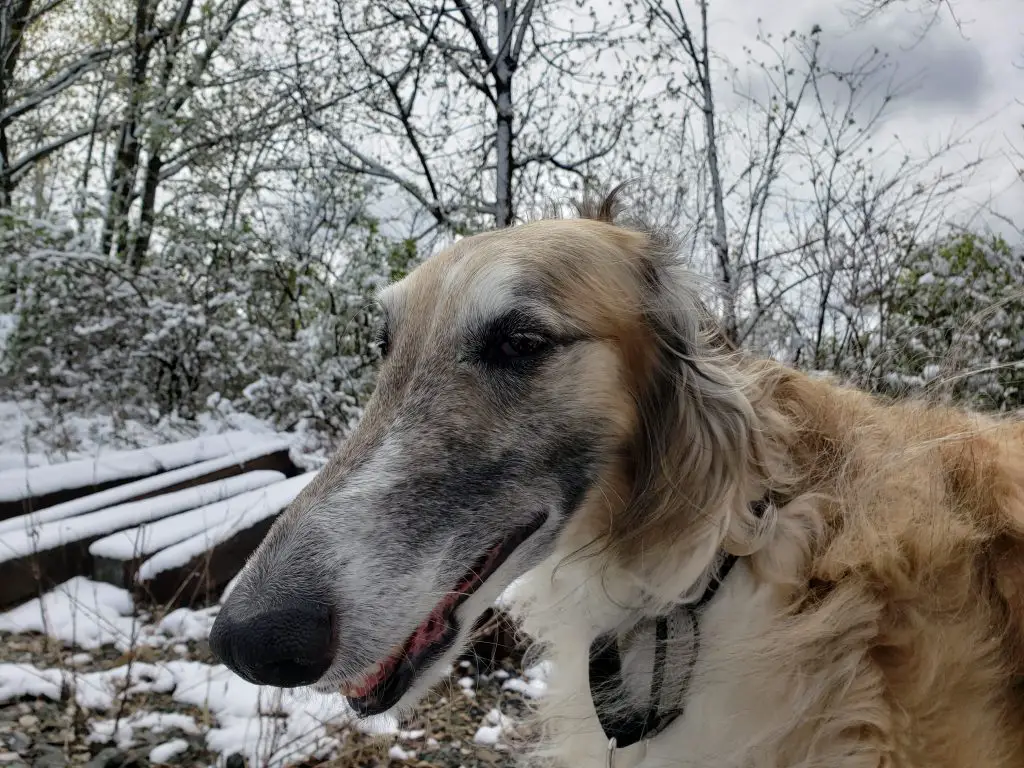
This widens their field of vision from the 240-250 degrees of an average dog all the way up to 270-280 degrees.
For a more relatable comparison, the visual field of humans is only around 180 degrees.
The reason this is important also links back to hunting. Unlike most hunting dogs, known as scent hounds, Borzois hunt with their sense of sight.
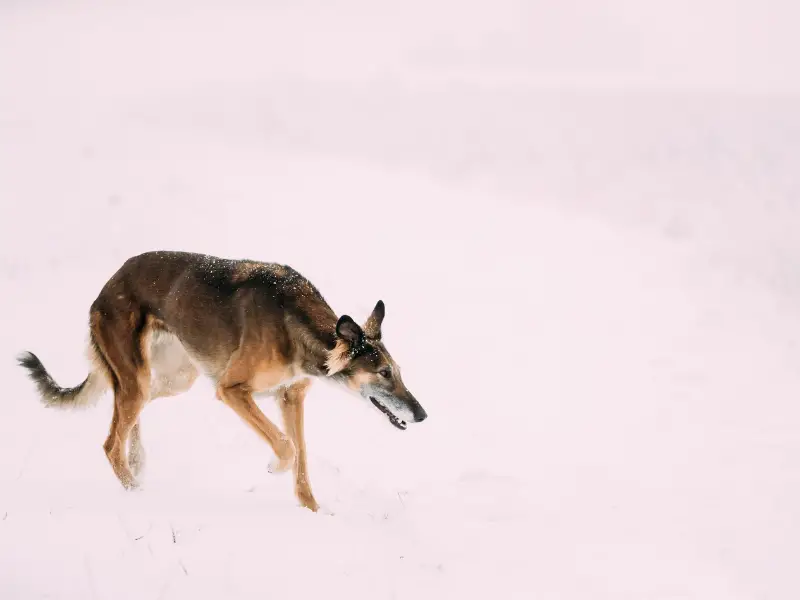
Sighthounds hunt in fields or desert areas where prey has little room to hide. The Borzoi’s wide field of vision helps them to see even more of the surrounding area as they survey it for any movement—once they see that, they’re off, sprinting up to 40 miles per hour!

How Long is a Borzoi Nose?
Borzois can have noses over a foot long! That’s as long as 6 of my dog’s favorite biscuits—imagine them all lined up!
The long nose of the borzoi has become quite famous recently as an internet meme. For a graceful dog with such a majestic proboscis, it’s not surprising.

What Breed of Dog Has the Longest Nose?
Borzois have some of the longest snouts in the world—one Borzoi might have even made a world record at 12.2 inches long.
This dog, named Eris, in Richmond, Virginia, USA, became famous on the internet for her incredible snoot!
Other breeds with glorious snouts include:
- Greyhounds
- Dachshunds
- Whippets
- Afghan Hounds
- Collies
- Great Danes
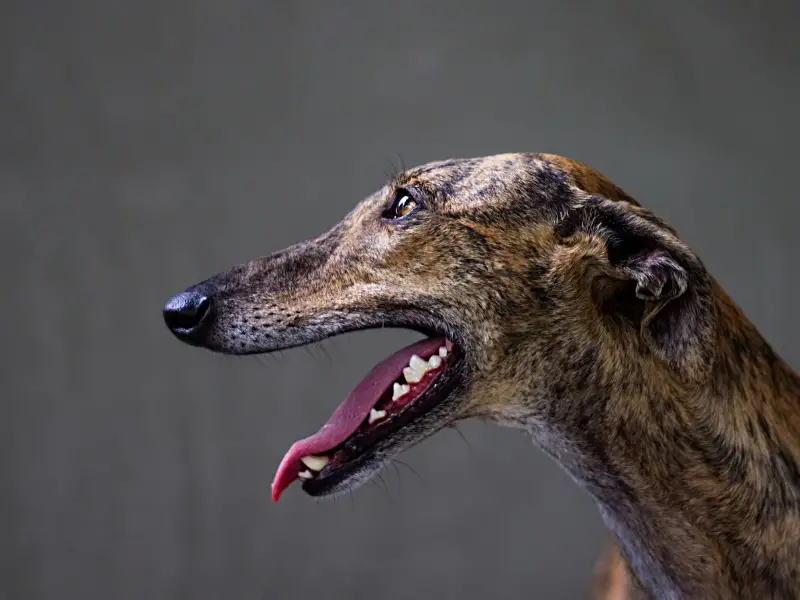

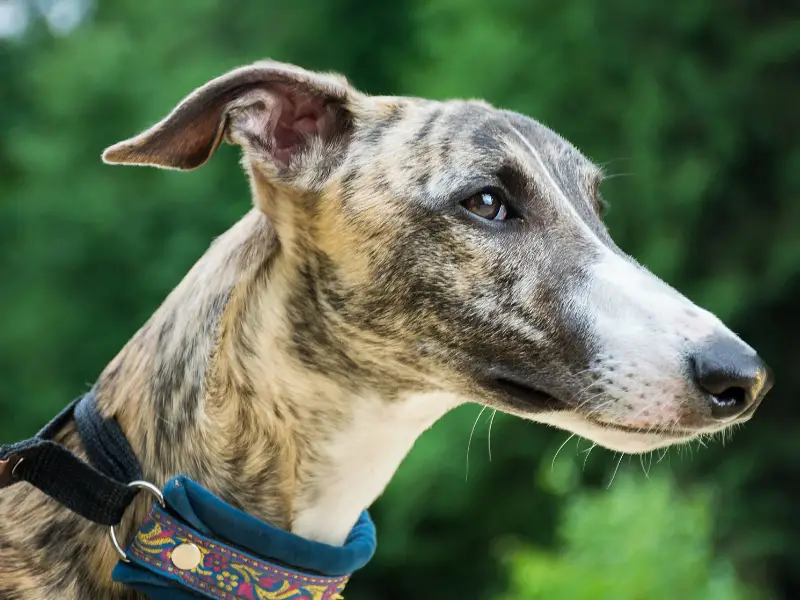
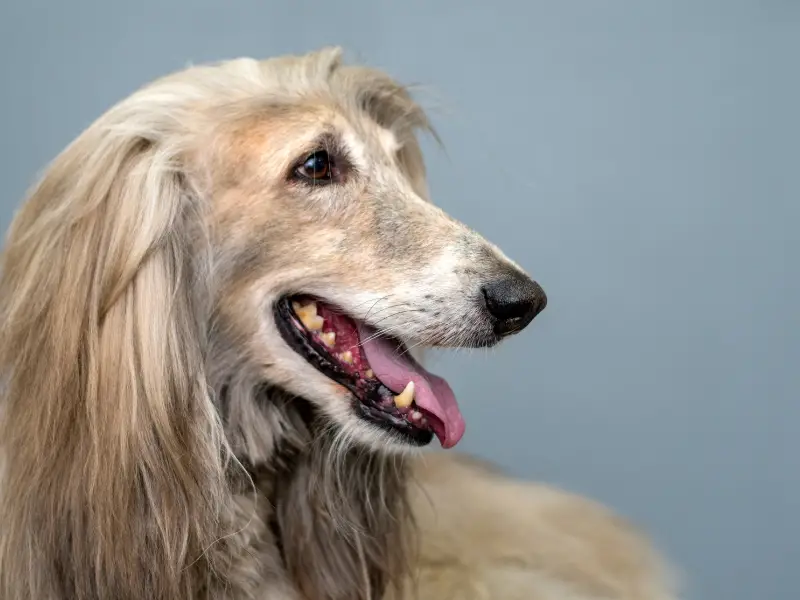
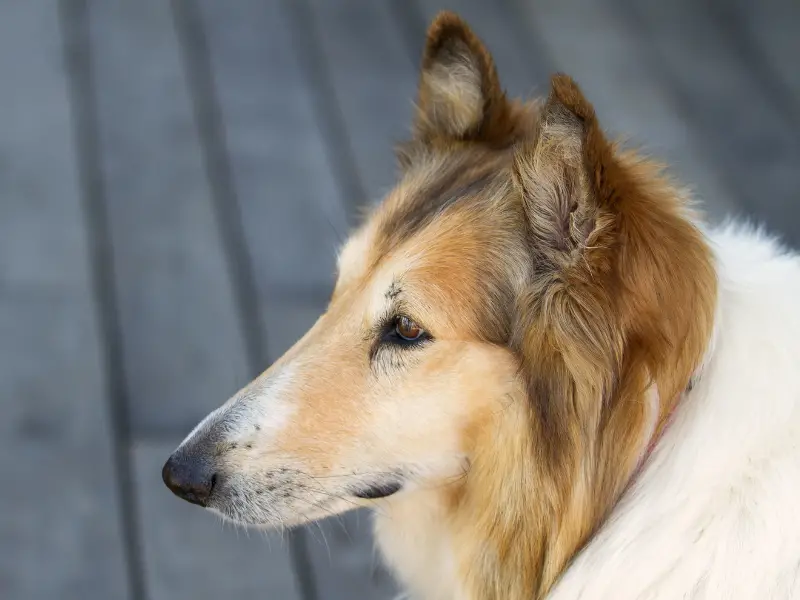
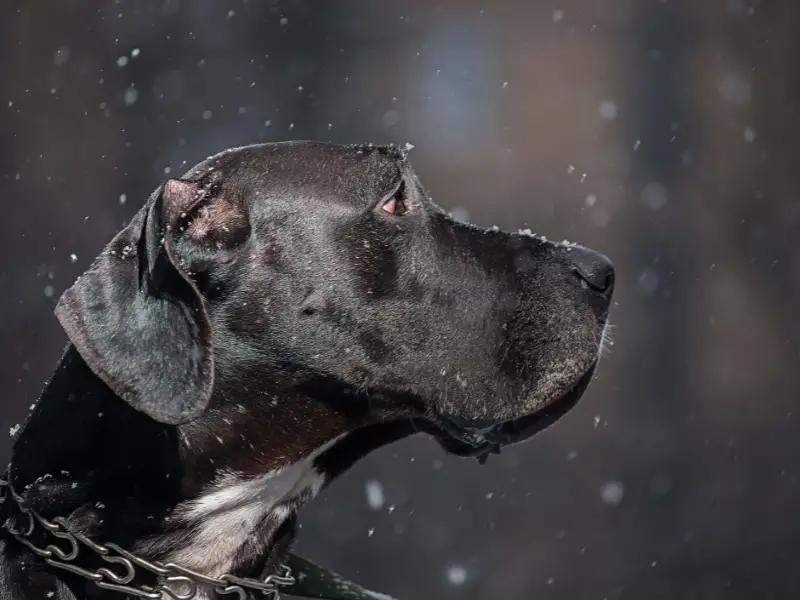
Borzoi Meme
In late 2020, the “Borzoi Meme” was born. Owners began posting wide angle photos of their beloved Borzoi’s noses a few years earlier, and the “long face dog” borzoi meme was born soon after.
“Why The Long Face?” became a popular meme, simply by overlaying these words over a wide angle photo of a borzoi face that emphasizes the length of the snout. Sometimes, the photos were digitally warped, or the nose was photoshopped to look like an anteater’s snout. All good fun!

Can a Long Snout Cause Problems?
We’ve already discussed how short snouts can cause problems for dogs, but can a dog’s snout be too long?
Long-snouted dogs like Borzois have what are called dolichocephalic skulls. This doesn’t seem to affect their health negatively, and dolichocephalic breeds are healthier as a whole than brachycephalic breeds (those with short skulls).
Researchers have found that dolichocephalic breeds act differently from breeds with other skull shapes. They have stronger prey drives, are warier of strangers, and like to play with their owners less than other breeds.
However, it’s important to note that the research didn’t prove that any of this was connected to the shape of a dog’s skull. Dolichocephalic breeds have been bred largely as sighthounds, and this selective breeding over thousands of years may explain why they behave so similarly.

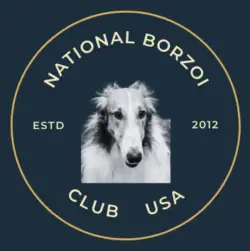
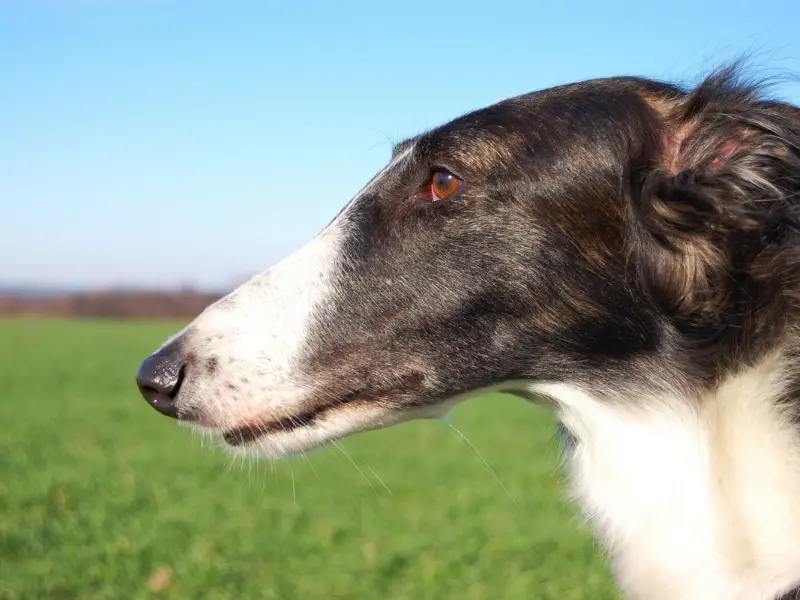
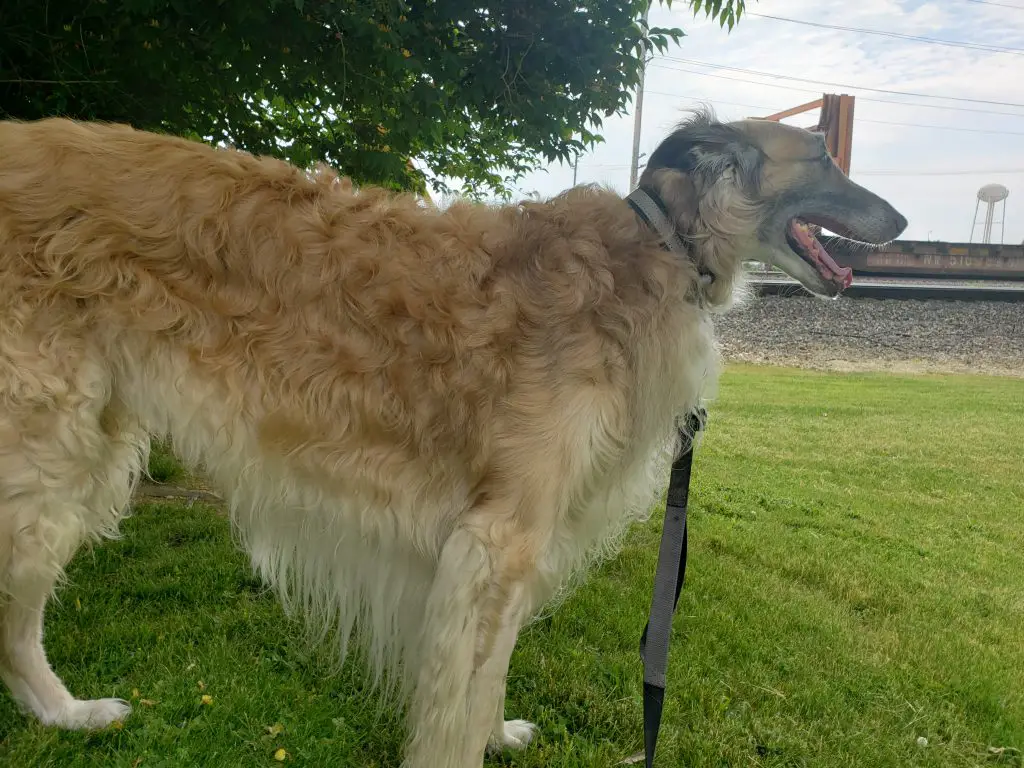
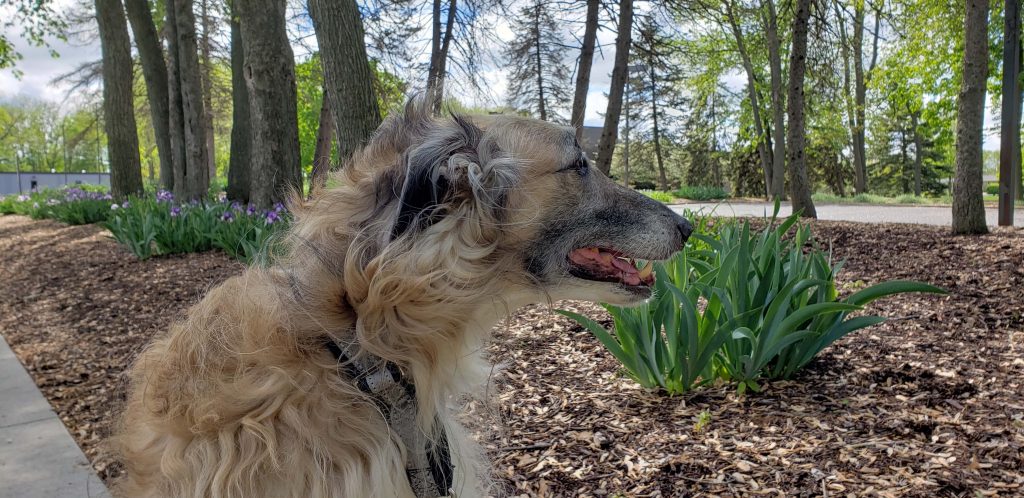
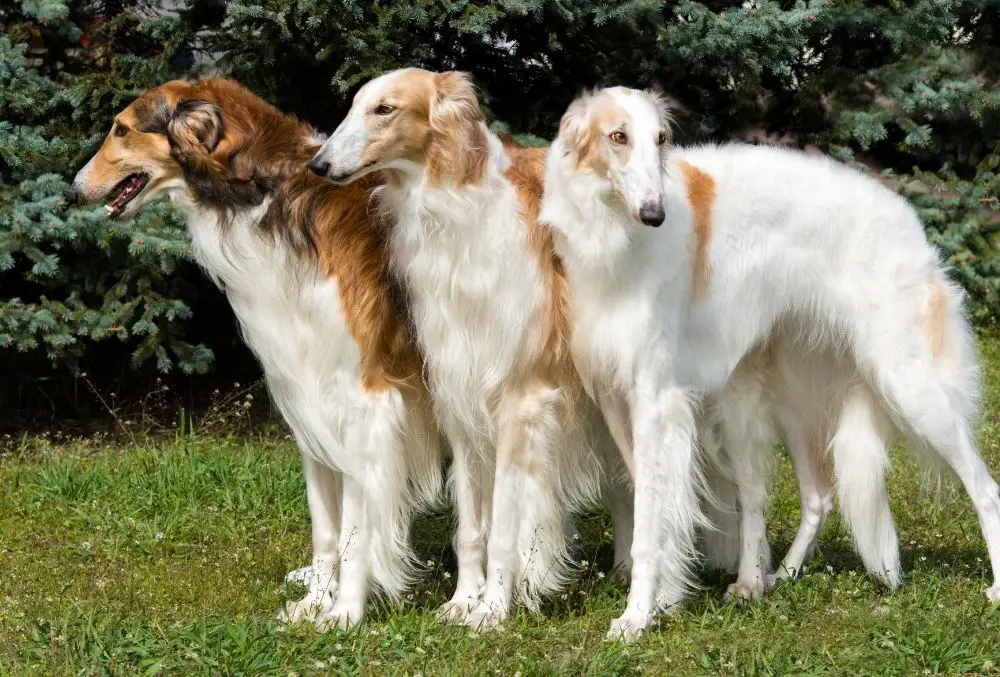
Comments are closed.